We’re working to create a Bottlenose Epigenetic Aging Tool (BEAT) that will allow us to use small skin samples to determine the age of dolphins.
First, what is epigenetics?
These are various modifications and molecules that occur on or interact with DNA to influence gene activity and phenotype without changing the DNA sequence. Epigenetic changes can influence when genes are turned on or off.
One of the most studied epigenetic modifications is DNA methylation. This is when a small molecule (a methyl group) attaches to a cytosine (one of the four nitrogenous bases) in the DNA sequence. The addition of these methyl groups in certain areas of the genome can turn off or silence some genes so that the protein the gene codes for does not get produced.
As individuals age, they need fewer or more activity from certain genes, and this correlates to changes in the amount of DNA methylation found at different genes in the genome.
For this project, we used 39 skin samples from known-age dolphins in the Sarasota resident dolphin community with a spread of ages from 2 to 36 years with a fairly even divide of males and females across ages.
The tool uses skin samples to acquire the %DNA methylation at genes whose %DNA methylation changes with age.
In the graph, the known age of each sample is plotted against the estimated age using the model equation generated from multiple regression: this is what we named the BEAT model. This graph shows the accuracy of the BEAT model, with the residual error for estimating age at less than 5 years. In this graph you can also see that there is less error in estimating the age of younger individuals, less than 15 years old. It is possible that this is because we had many more samples in this age range, or it could be that after dolphins become sexually mature (occurs around 10 years of age), males and females differ in their change in DNA methylation with age from this point. This model will be further adjusted as more samples of older age dolphins become available.
Now that this model has been created, it is time to put it to work! The BEAT is being used on unknown-age samples from the Sarasota community and individuals from the Naples/Rookery Bay area. This tool allows us to bypass 50 years of studying a population closely in order to know the age of most of the animals in the population, to having a highly accurate estimate within as little as a month and reducing the costs of gaining the information.
Additionally, by providing the key population parameter of age, we can better evaluate age-specific threats to populations such as pollutant and toxin accumulation. Moving forward, we hope to study age-specific impacts of environmental stressors, such as red tide, upon these populations using epigenetics and furthering the connection between epigenetics and conservation studies.
- Read the study “The Bottlenose Dolphin Epigenetic Aging Tool (BEAT): A Molecular Age Estimation Tool for Small Cetaceans” in the journal Frontiers in Marine Science.
— By Andria Beal, Jeremy Kiszka, and Jose Eirin-Lopez, Florida International University





